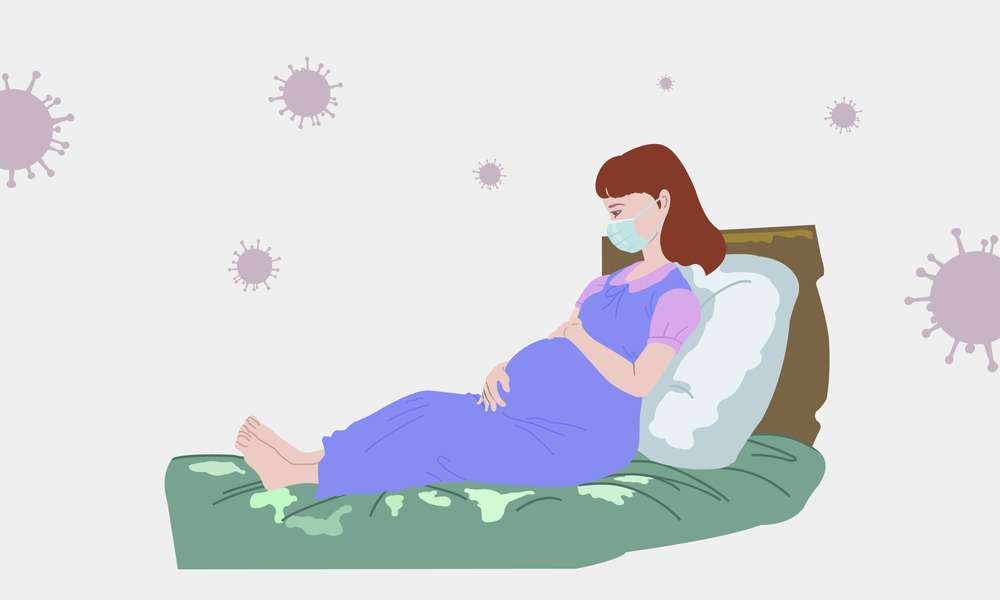Cervical Cancer
Introduction:
Cervical disorders can progress to cervical cancer. This occurs when cells outgrow their control and are unable to fulfill their normal duties. Only cancerous (malignant) cells spread. They circulate through the blood and lymphatic fluid (a yellow liquid made up of tissue fluids present throughout the body). They also spread via the tissue near the cervix. Treatment is more likely to be successful if malignant cells are discovered before they spread.
Impact and Prevalence:
Cervical cancer is regrettably not a rare illness. It affects millions of women globally and is one of the top causes of female cancer fatalities. Yes, this is serious business. But, hey, that’s why we’re here: to cast some light on the situation and arm ourselves with information!
The Value of Early Detection
The good news is that early identification of cervical cancer can make all the difference. When cancer is detected early, the odds of successful treatment and survival increase dramatically. That is why it is critical to understand the symptoms and indicators.
Cervical cancer symptoms:
Unfortunately, there are few symptoms that can alert you to the presence of cervical cancer; however, the following symptoms could be potential warning signs:
- Abnormal vaginal bleeding, spotting, or discharge after intercourse, between periods, or after menopause
- Watery, bloody discharge from your vagina; it may be heavy and odorous.
- Advanced cancer can cause pain, urination issues, and swelling in the legs.
Note:
These symptoms could also indicate dysplasia, which is a type of cervical condition that happens when the cells on the cervix’s surface alter. Abnormal cells replace normal, benign cells. Dysplastic cells are not malignant, but if left untreated, they can develop into cancer cells.
Symptoms of Cervical cancer:
Abnormal Vaginal Bleeding:
Bleeding might be normal, but abnormal vaginal bleeding takes center stage when it comes to cervical cancer. If you suffer bleeding between periods, after intercourse, or even after menopause, call your doctor. Remember, your vagina isn’t an avant-garde painter, and it shouldn’t be flinging colors everywhere anytime it feels like it.
Pelvic discomfort and pain:
the pleasures of being a woman! Period cramps are unpleasant enough, but what about lingering and intensifying pelvic pain? That raises a red flag. If you find yourself in this situation (literally), it is critical that you get medical attention. Don’t suffer in quiet; your doctor is available to assist you
Odor and unusual discharge:
We all have our own distinct aroma, but if you notice any changes in vaginal discharge, such as a foul odor or an increase in quantity, it’s time to look into it. Sometimes our bodies try to communicate with us in the most inexplicable ways. But, at the very least, this detective story does not involve a magnifying glass.
Other Common Symptoms:
While abnormal bleeding, pelvic pain, and odd discharge are the most common symptoms, there are others to be aware of. Urinary issues, back pain, and even swelling legs are examples. If you see anything out of the norm, consult your doctor right away. They’ve heard it all, believe me.
Cervical Cancer Causes:
HPV (Human Papillomavirus):
If cervical cancer were a video game, HPV would be the boss level to beat. Most occurrences of cervical cancer are caused by the human papillomavirus. It’s a common virus that transmits through sexual contact, causing alterations in cervix cells that might progress to cancer. So, arm yourself, put on your armor, and get your HPV vaccine.
Additional Risk Factors:
While HPV is the most well-known risk factor, there are additional factors that can raise your chances of developing cervical cancer. Cigarette smoking, a weaker immune system, long-term use of birth control pills, and a family history of cervical cancer are all risk factors. It’s a game of chance, but knowing the risks might help you make better decisions.
Relationship to Activity:
Some of you may be wondering if being physically active increases the risk of cervical cancer. No need to worry, folks. Being physically active will not guarantee you a one-way ticket to Cervical Cancer Land. In fact, frequent exercise can reduce your risk. So, put on your jogging shoes and welcome a healthy you!
How Common is Cervical Cancer?
Cervical cancer accounts for roughly 2.4% of all malignancies in women in the United States. Each year, there are approximately 9,700 new instances of invasive cervical cancer and 3,700 deaths from cervical cancer.
How is it diagnosed?
A Pap smear is used to diagnose cervical cancer. Your doctor gently scrapes the whole surface of your cervix with a little wooden spatula, brush, or cotton swab to collect cells and also obtains a cell sample from inside your cervical canal by inserting a brush. The cells are taken to a laboratory for microscopic examination. A negative result indicates that your cervix is healthy.
A positive result may not always indicate cancer or even dysplasia; however, more testing, such as a biopsy, are required. A biopsy is a treatment that removes small samples of cervical tissue for examination. A biopsy is often performed in a doctor’s office or clinic. You may feel slight cramps or a pinching sensation. This test will identify whether or not cancer has gone to the uterus.
Cervical cancer treatments:
Cervical cancer treatment is determined by the size of the tumor and the extent (if any) to which it has spread.
Among the therapy options are:
- Dilation and curettage are procedures that include gently scraping your uterine lining for tissue samples in order to determine whether cancer has progressed to your uterus.
- A radical hysterectomy is a surgical surgery in which the uterus (including the cervix), upper vagina, surrounding tissue, lymph nodes, and fallopian tubes are removed. For younger women, the ovaries may be left in place.
- Radiation therapy includes both external and internal radiation from radioactive material implanted in the uterus or the upper section of the vagina. These implants are left in the uterus for several days while you are still in the hospital. Diarrhea, rectal bleeding, and weariness are possible side effects.
Conclusion:
Cervical cancer is a devastating disease, but it is not unbeatable. We can eliminate cervical cancer using existing treatments, awareness about its origins and risks, and preventive practices. Remember, prevention is always preferable to treatment! So, stay informed, look after your cervix, and keep cancer at bay. Together, we can pave the way for a future in which cervical cancer is a distant memory.
Note:
Understanding the symptoms of cervical cancer, identifying its indicators, and being informed of potential therapies are all critical stages in treating this disease. We can greatly reduce the incidence of cervical cancer by addressing the causes and risk factors, such as HPV infection, and implementing preventative measures such as vaccination and regular screenings. Continued research and breakthroughs in treatment options provide hope for better outcomes and the eventual abolition of this disease. We can work toward a future when cervical cancer is no longer a significant health hazard by raising awareness and emphasizing women’s health.




